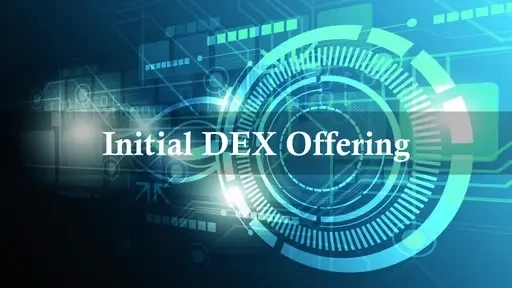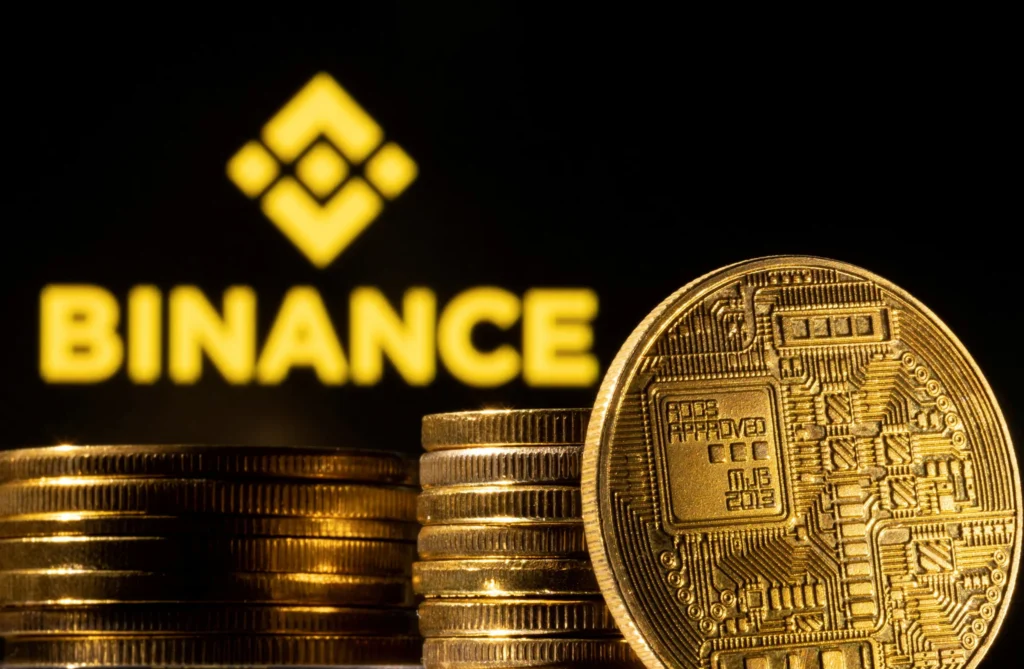IDO vs IEO: Here’s What the Buzz Is All About
It’s easy to get lost in crypto jargon, especially when terms like IDO vs IEO pop up in nearly every other blockchain launch announcement. And yeah—at first glance, they do look similar. But the devil’s in the details.
So instead of tossing you a giant wall of text, here’s a no-nonsense roundup of what actually matters when comparing these two launch models.
Let’s break it down—from platforms to risk, and everything in between.
1. The Basics: What Is an IEO? What About an IDO?
To kick things off:
- IEO (Initial Exchange Offering): Tokens are launched through a centralized exchange. The exchange takes care of KYC, listing, and even marketing in many cases.
- IDO (Initial DEX Offering): Tokens are launched via a decentralized exchange (DEX). There’s no gatekeeper—just smart contracts, liquidity pools, and your crypto wallet.
They’re both token launch methods, but with totally different vibes.


2. Platforms: Who’s in Charge?
For IEOs, major centralized exchanges like Binance or OKX run the show. That adds a layer of trust—or at least, accountability. They screen projects (in theory) and handle logistics.
IDOs, on the other hand, live in the wild west of DeFi. Platforms like Uniswap, SushiSwap, or PancakeSwap let anyone launch… which is both exciting and kinda scary.
You might get in earlier with an IDO—but you’re also flying without a safety net.

3. Investor Experience: Which Feels Smoother?
IEOs usually require account creation, KYC, and sometimes even holding a certain token (like BNB) to participate. It’s not hard, but it’s definitely more controlled.
With IDOs, you just connect your wallet, pay the gas fee, and boom—you’re in. No paperwork, no questions asked. Sounds cool, but that openness comes with more risk, especially for beginners.

4. Security & Trust: Who’s Doing the Vetting?
This one’s big.
Centralized exchanges offering IEOs usually do some level of vetting. Of course, not all are equally diligent, but at least there’s a front door.
IDOs? Anyone can list. No vetting by default. Some projects self-audit or bring in third parties—but many don’t. You’re on your own when it comes to due diligence.

5. Market Impact & Timing
IEOs often happen after a project gains some traction, meaning you might be entering later in the game—but perhaps with more stability.
IDOs typically launch earlier and rely on community buzz to gain attention. That gives you potential upside… if you pick the right project. But let’s be honest, not all of them make it.

Final Take: What’s the Better Bet—IDO or IEO?
So, IDO vs IEO… which one wins?
Honestly, there’s no universal answer. It depends on what you value more—access and decentralization (IDO), or structure and oversight (IEO).
If you’re a risk-taker or deep into DeFi culture, IDOs might feel more “you.” But if you want something a little more curated, an IEO might give you that comfort zone.
Either way, the takeaway’s the same: know what you’re stepping into. Because whether it’s an IDO or IEO—nothing’s ever guaranteed in crypto.
Relevant news: IDO vs IEO: 5 Crucial Things You Should Know Before Investing




